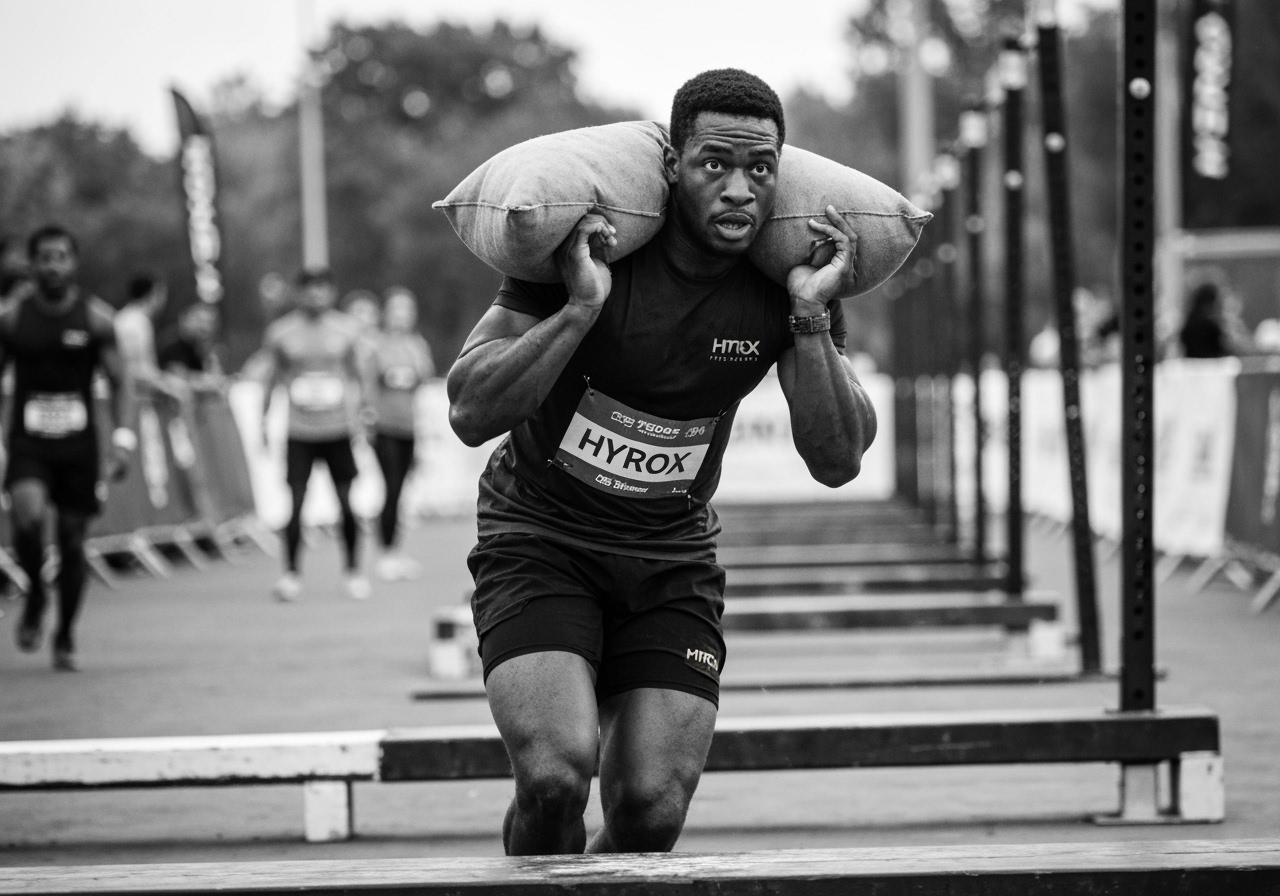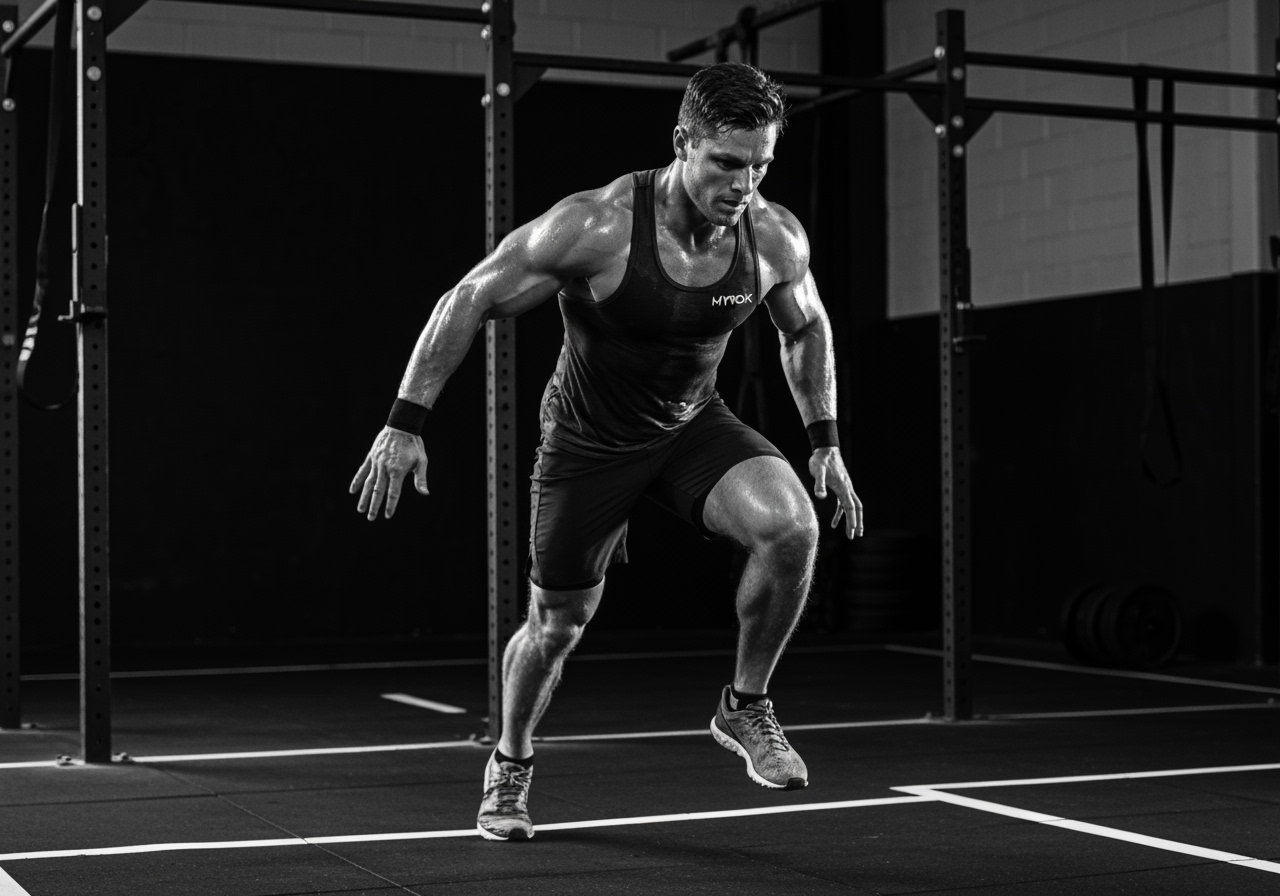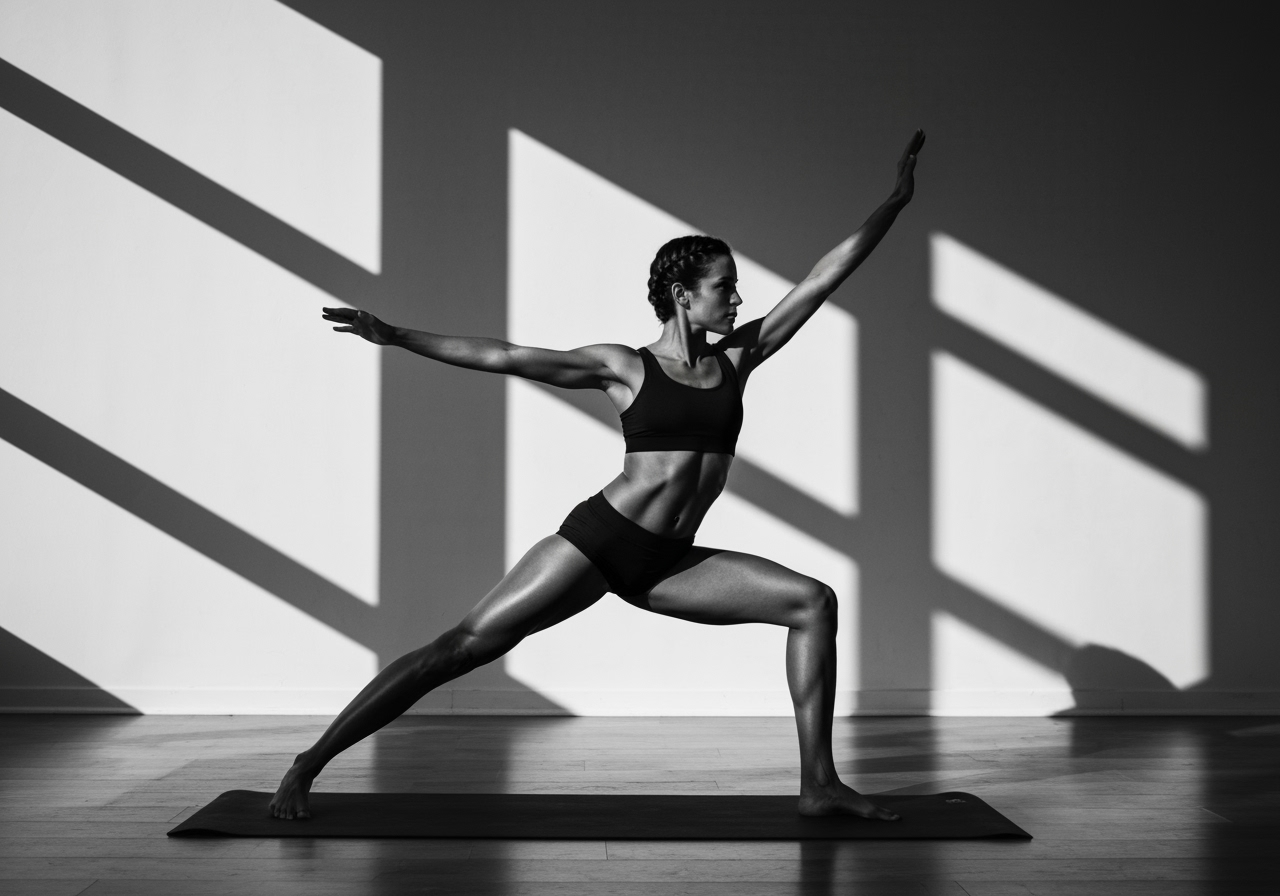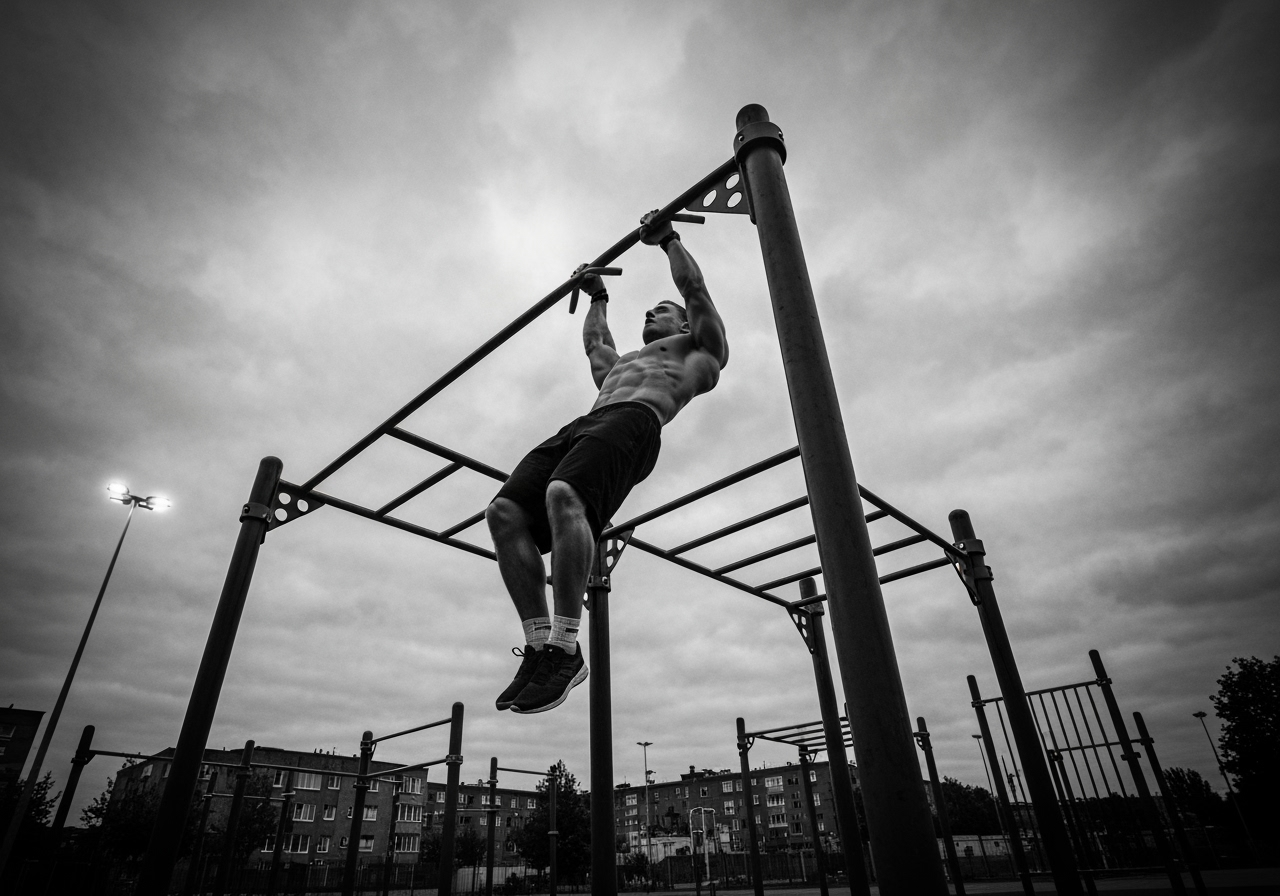
If you've ever competed in HYROX, you know how deceptive the row and SkiErg stations can be. At first glance, they seem straightforward: just pull hard and get it done. But under the fatigue of heavy sleds, long runs, and relentless burpees, poor rowing or SkiErg technique can drain your energy, skyrocket your heart rate, and cost you precious minutes.
The Hidden Game-Changers of HYROX
That's why improving your row and SkiErg times is one of the smartest investments you can make in your HYROX preparation. These machines are pure equalizers—they don't care how strong you are if your form and efficiency aren't dialed in.
The good news? With a few smart tweaks in technique, pacing, and training, you can double down on both and turn them into strengths instead of struggles.

Why Row & SkiErg Matter in HYROX
The rower and SkiErg stations test your full-body conditioning. Unlike sleds or wall balls, these movements recruit nearly every muscle group—legs, core, arms, and back—while demanding efficient oxygen use.
Done right, they're an opportunity to maintain steady pacing and even recover slightly between brutal HYROX sections. Done wrong, they'll spike your heart rate and sabotage your finishing kick.
Because HYROX is all about consistency across eight stations, excelling at these endurance-based machines can give you the edge over athletes who simply "muscle through" them without a plan.
3 Key Strategies to Improve Row & SkiErg Times
1. Master Your Technique First
Both row and SkiErg efficiency comes down to sequencing:
Perfect Sequencing:
- On the rower: Drive with your legs first, hinge through the hips, then finish with the arms. Reverse this order smoothly on the recovery. Think: legs → body → arms.
- On the SkiErg: Keep the pull long and powerful, hinging at the hips and engaging your lats, not just your arms. Avoid short, choppy strokes that waste energy.
Training Tip: Film yourself on both machines to check sequencing. Small adjustments—like engaging the hips earlier or relaxing the shoulders—can dramatically lower your split time.

2. Dial in Your Pacing Strategy
Too many athletes go out too hard and blow up early. Instead:
- Rowing in HYROX (1,000m): Aim for a pace that's about 75–80% of your max 500m sprint. You should finish strong without redlining.
- SkiErg in HYROX (1,000m): Hold an even split that allows you to settle into rhythm. Think sustainable, not all-out.
Pro Tip: Practice holding target paces in training. If your goal race pace is 1:55/500m on the rower, train intervals at exactly that split until it feels automatic.
3. Build Specific Strength & Endurance
Both machines demand muscular endurance and aerobic efficiency. To train for that:
Training Methods:
- Interval Sessions: Alternate 250–500m hard efforts with equal rest. Example: 6 × 500m row at race pace with 1:1 recovery.
- Strength Integration: Add posterior-chain strength work like deadlifts, kettlebell swings, and pull-ups to build the power needed for efficient strokes.
- Combo Workouts: Pair machines with HYROX-style runs. For example: 800m run + 500m SkiErg × 4. This simulates the fatigue of race conditions.

Example Training Workouts
Here are two workouts you can plug into your HYROX prep:
Rowing Power Intervals
- 6 × 500m row at target race pace
- Rest: 90 seconds between each interval
Run & Ski Combo
- 800m run at moderate pace
- 500m SkiErg at target race pace
- Repeat × 5 rounds
Both workouts will help you lock in your pacing and condition your body for race-day demands.
Final Thoughts
The rower and SkiErg may not have the flash of sled pushes or the drama of wall balls, but make no mistake: they can define your HYROX race.
By dialing in your technique, pacing, and training, you'll save energy, shave time, and build confidence for the rest of the course.
Double down on these "doubles," and you'll transform what many see as weaknesses into two of your biggest HYROX assets.